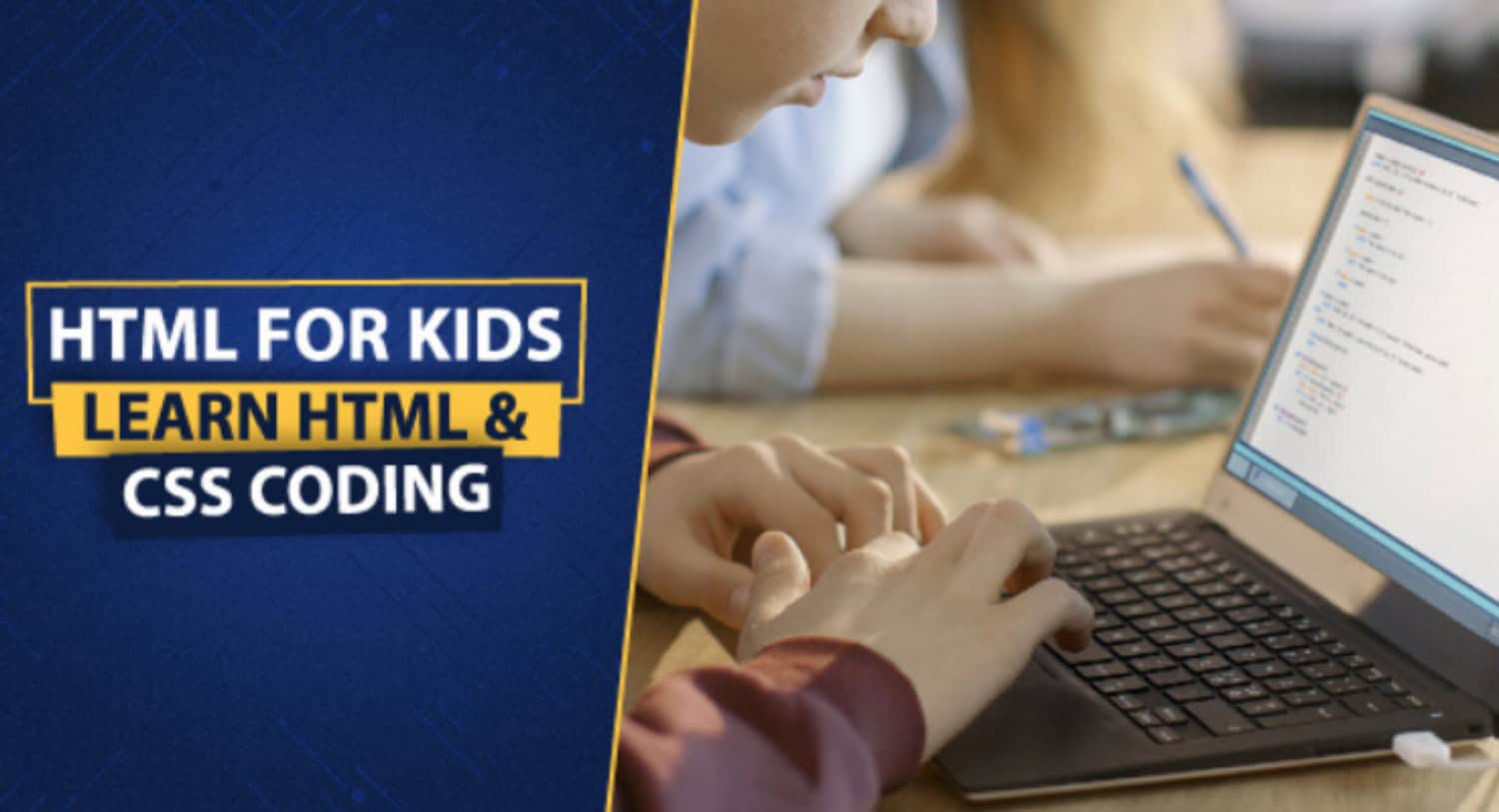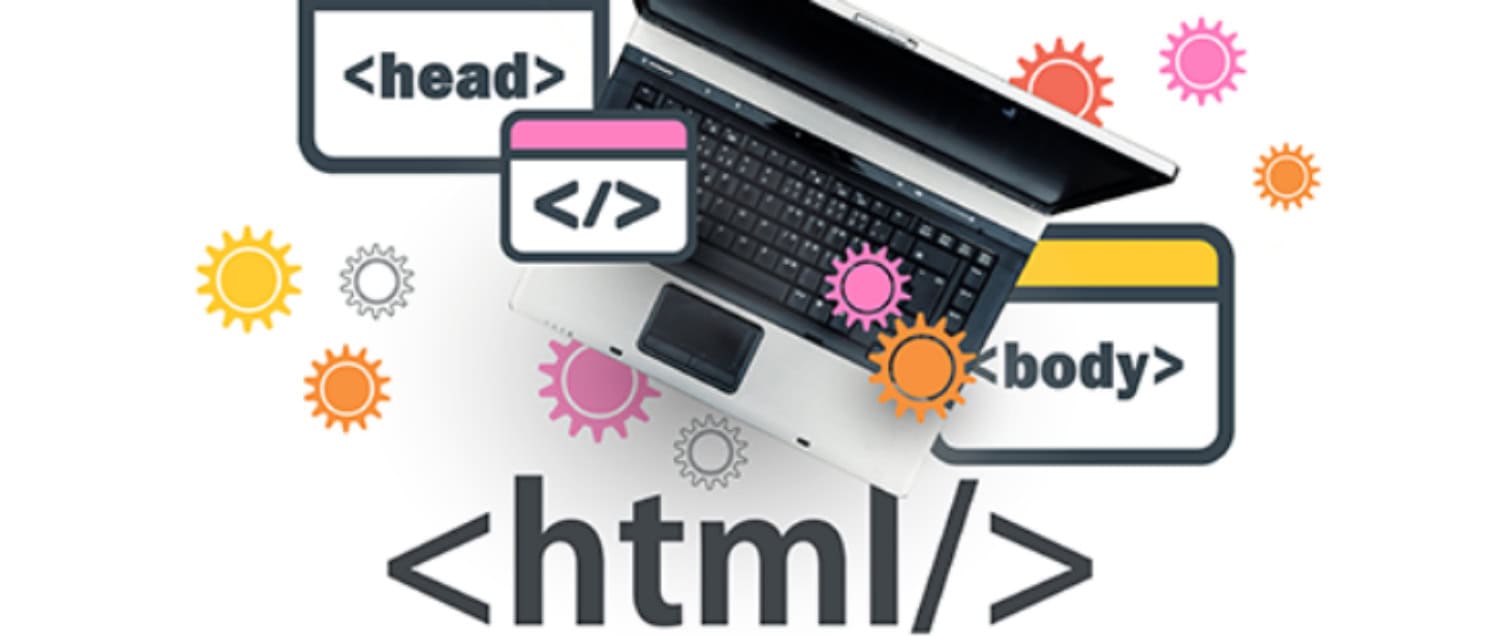Are you prepared to enter the field of web development? In this article, we’ll take you through the intriguing world of HTML for kids. HTML is the programming language that underlies every website you visit. We’ve got you covered.
HTML for Kids is a programming language designed for beginners that teaches kids the fundamentals of web creation. It is the basis for creating web pages and goes by HyperText Markup Language. Kids learn to produce and organize online content through interactive and entertaining activities.
In this article, we dig into the fascinating area of teaching HTML to children, going beyond the obvious. We’ll look at enjoyable and engaging teaching methods that keep your child interested and motivated throughout their educational journey. Continue reading to see how to give your kids an HTML experience. Take advantage of the knowledgeable advice and priceless insights in the following parts. Together, let’s realize HTML for kids’ full potential!
See also: Create A Responsive And Automatic Image Slider In HTML: A Step-By-Step Guide
Table of Contents
Why HTML for Kids? Introduction to HTML
Understanding the fundamentals of web development is becoming more crucial in today’s digital world. Any website’s structure is built on HTML or HyperText Markup Language. In this article, we’ll look at the idea of HTML and how to teach it to kids in a playful, engaging way.
Before getting into specifics, let’s examine the advantages of teaching youngsters HTML. Here are a few strong arguments:

- Coding basics: HTML easy coding offers a gradual introduction to coding ideas. Children become familiar with the essential components of web construction, such as tags, elements, and attributes, through learning HTML. This base may be expanded upon when studying more complex programming languages.
- Digital literacy: In today’s technologically evolved environment, knowing how to construct websites is essential. Children are better able to communicate and navigate in the internet world thanks to HTML. Additionally, it develops analytical and problem-solving skills.
- Creativity and self-expression: Children may express themselves creatively by designing and developing their web pages using an HTML program for beginners. They can experiment with designs, colors, fonts, and pictures to produce aesthetically pleasing websites. This procedure fosters their artistic ability and promotes self-expression.
- Collaboration and teamwork: Children may work together on group projects while learning HTML in a collaborative environment. This environment encourages collaboration, dialogue, and idea exchange. Additionally, it develops crucial social skills essential in today’s linked society.
Approaches to Teaching HTML to Kids
Now that we know how critical it is to teach children HTML, let’s investigate some entertaining and participatory teaching strategies.

- Hands-on exercises: Children learn best when they actively participate in their education. Give them practical activities like developing an essential website or starting a personal blog. Encourage them to try out various HTML tags and components so they can see the changes they make right away.
- Gamification: Use gamified learning environments for children to introduce HTML fundamentals. CodeCombat, Scratch, and Code.org are popular platforms offering beginners HTML codes.
- Narrative: To make HTML courses more attractive, incorporate descriptions into them. Encourage kids to design websites that narratively provide information or tell a story. With this strategy, they may use both their writing and HTML coding abilities while also using their imagination.
- Visual editors: Use visual editors to explain HTML principles, such as WYSIWYG (What You See Is What You Get) editors. These editors’ visual interfaces allow kids to drag and drop components, automatically creating the underlying HTML code. This strategy enables newcomers to understand HTML’s fundamental structure before delving into coding.
- Project-based learning: Encourage kids to work on practical HTML projects. For instance, students may make an online portfolio, a webpage for a school event, or a website for their favorite activity. Children gain a sense of responsibility and drive to study by working on tasks they are interested in.
Tips for Teaching HTML to Kids
Here are a few more suggestions for teaching kids HTML to make sure they have a successful learning experience:

- Begin with the fundamentals: Start by outlining the fundamental ideas of HTML, including tags, elements, and attributes. Keep the explanations straightforward and utilize realistic examples that intrigue the interests of the children.
- Provide instant feedback: Use tools or platforms that offer rapid feedback on code syntax and faults to provide immediate feedback. Children who can rapidly recognize and repair errors learn more effectively and with greater confidence.
- Encourage creativity: Encourage youngsters to be creative by letting them experiment and use web design as an outlet. Encourage students to employ eye-catching layouts, colors, and images on their web pages. Encouraging creativity will inspire them to study more if you give encouraging comments and emphasize their accomplishments.
- Foster collaboration: Promote teamwork by setting up coding groups or collaborative projects to encourage collaboration. Fostering collaboration enables children to collaborate on coding problems, learn from one another, and exchange ideas. Additionally, it promotes a positive and exciting learning atmosphere.
- Celebrate achievements: Children’s accomplishments at various periods during their learning journeys should be acknowledged and valued. Give them awards, badges, or modest gifts as rewards to raise their self-esteem and promote further development.
See also: How To Display Current Time In HTML | 4 Easy Ways
FAQs
How young may children begin learning HTML?
Children as young as 8 or 9 can begin learning HTML, while the actual age will depend on the child's aptitude and interests. Some kids could understand HTML ideas more quickly than others, while others might need more time and assistance.
Does learning HTML need prior coding skills in children?
Prior coding knowledge is optional for children to learn HTML. One of the easiest programming languages, HTML, can be understood by beginners without coding experience. Because of its relatively simple syntax, novices may use it.
How can I make HTML courses for kids interactive?
You may include practical exercises, like developing accessible web pages, starting a personal blog, or using gamified learning platforms to make HTML lectures interactive for children. Project-based learning, visual editors, and narrative may complete the courses more dynamic and engaging.
How to do HTML coding?
You might begin by utilizing interactive online classes, books, or tutorials to learn HTML for beginners. Several sites provide detailed instructions and examples, including Codecademy, Mozilla Developer Network (MDN) Web Docs, and W3Schools.
How can I start learning HTML coding as a beginner?
There are several resources available to assist novices in learning HTML coding. It's a good idea for newbies to start with online tutorials, coding classes, books, and interactive platforms. These materials offer step-by-step instructions and practical experience.
Do youngsters have access to any internet resources for teaching HTML?
Several online tools are available that are made expressly for teaching HTML to children. Children may learn HTML through interactive coding lessons and activities on websites like Code.org, Scratch, and CodeCombat.
Do children require adult supervision when learning HTML, or can they do it themselves?
Adult supervision and direction may significantly improve a child's learning experience, even if some children can learn HTML independently. Adults may clarify topics, respond to inquiries, and ensure kids understand them correctly. Adults may also provide a disciplined learning atmosphere and provide support as required.
Conclusion
The topic of “HTML for Kids: A Fun and Interactive Introduction” was discussed in this article, along with some commonly asked questions about it. Children may learn about coding and develop their creativity and problem-solving abilities by being taught HTML.
Teachers and parents may make learning engaging and delightful by implementing interactive and entertaining ways, including hands-on activities, gamification, storytelling, and project-based learning. Remember to create a welcoming environment, promote teamwork, and recognize children’s accomplishments. Kids may start an exciting adventure of studying the wide world of web development using HTML as their base.
See also: Create An Automatic Image Slider In HTML: A Beginner’s Guide
You can always find me playing the piano or playing FIFA when I’m not binge-watching TV Series with pizzas. Fountainhead of TechWhoop. Life motto: The only time success comes before work is in the dictionary.